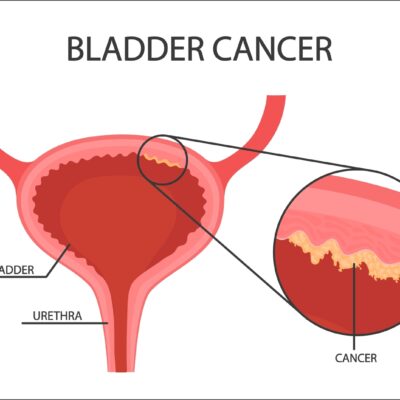
Health
5 Common Causes of Nasal Polyps
Nasal polyps are pesky little growths that can make breathing through your nose feel like you’re trying to suck a milkshake through a straw. They’re often associated with conditions like cystic fibrosis and can be a real nuisance. Fortunately, there are treatment therapies available to help manage them, including treatment medications like dupilumab (Dupixent), mepolizumab (Nucala), omalizumab (Xolair), fluticasone (Flonase), budesonide (Rhinocort), mometasone (Nasonex), triamcinolone (Nasacort), beclomethasone (Beconase), and ciclesonide (Omnaris). But first, let’s dive into the common causes of these nasal invaders. 1. Chronic sinusitis Chronic sinusitis is a condition that results in inflammation of the sinuses and nasal passages for an extended period. This prolonged inflammation can lead to the development of nasal polyps. When your sinuses are constantly inflamed, the lining can swell and form polyps. It’s like your nose is throwing a never-ending tantrum, and polyps are its way of expressing displeasure. Addressing the underlying sinusitis with medications like fluticasone or budesonide can help manage the symptoms and reduce polyp formation. 2. Allergic rhinitis Allergic rhinitis, commonly known as hay fever, is another culprit in the development of nasal polyps. When your body overreacts to allergens like pollen, dust, or pet dander, it can cause inflammation in your nasal passages.
Read More 















